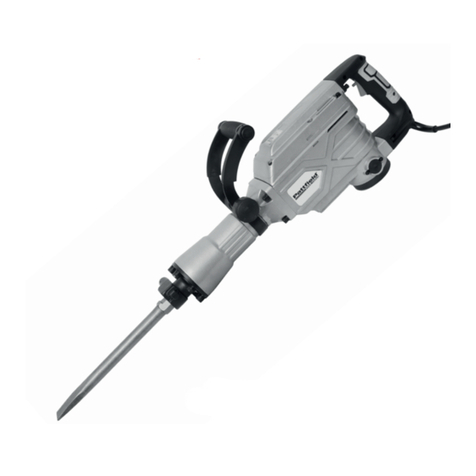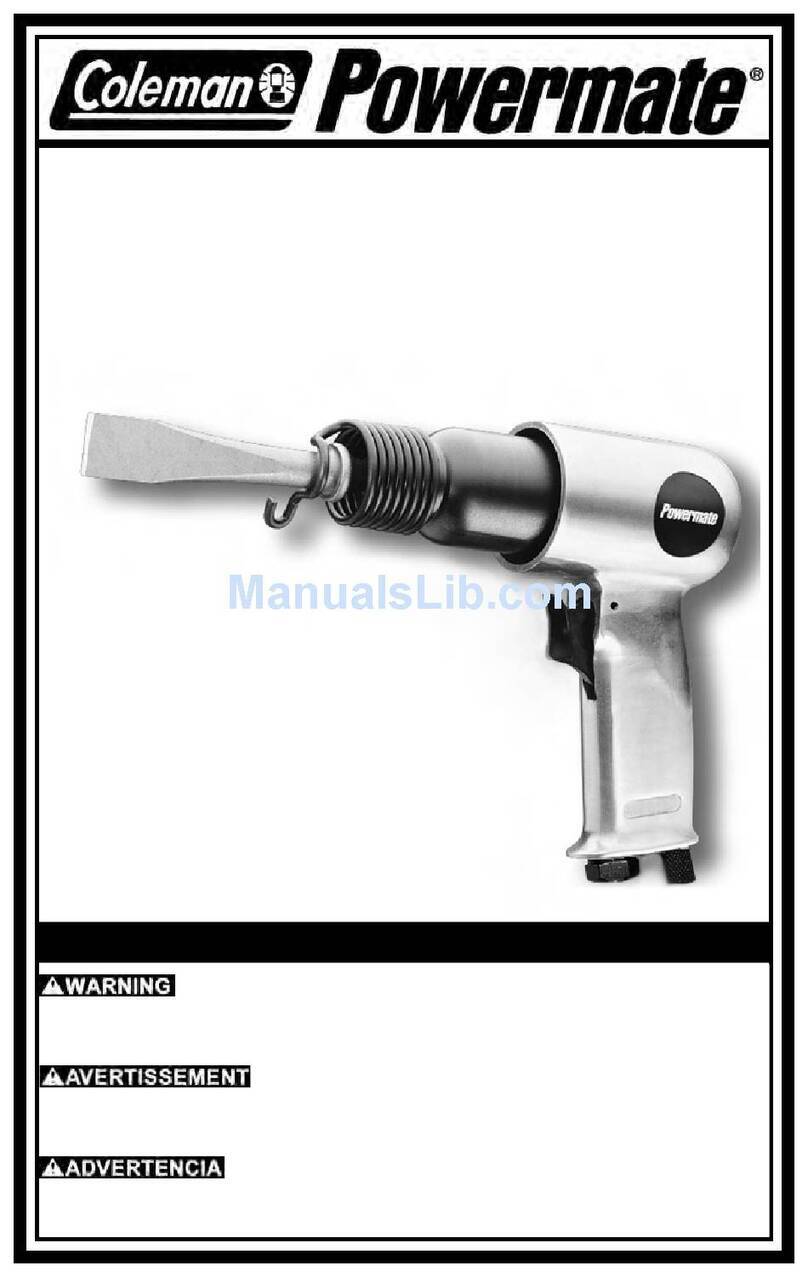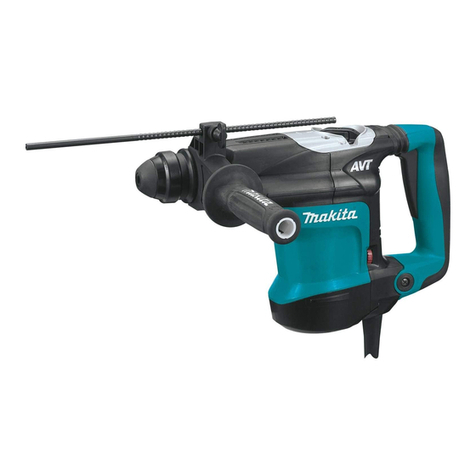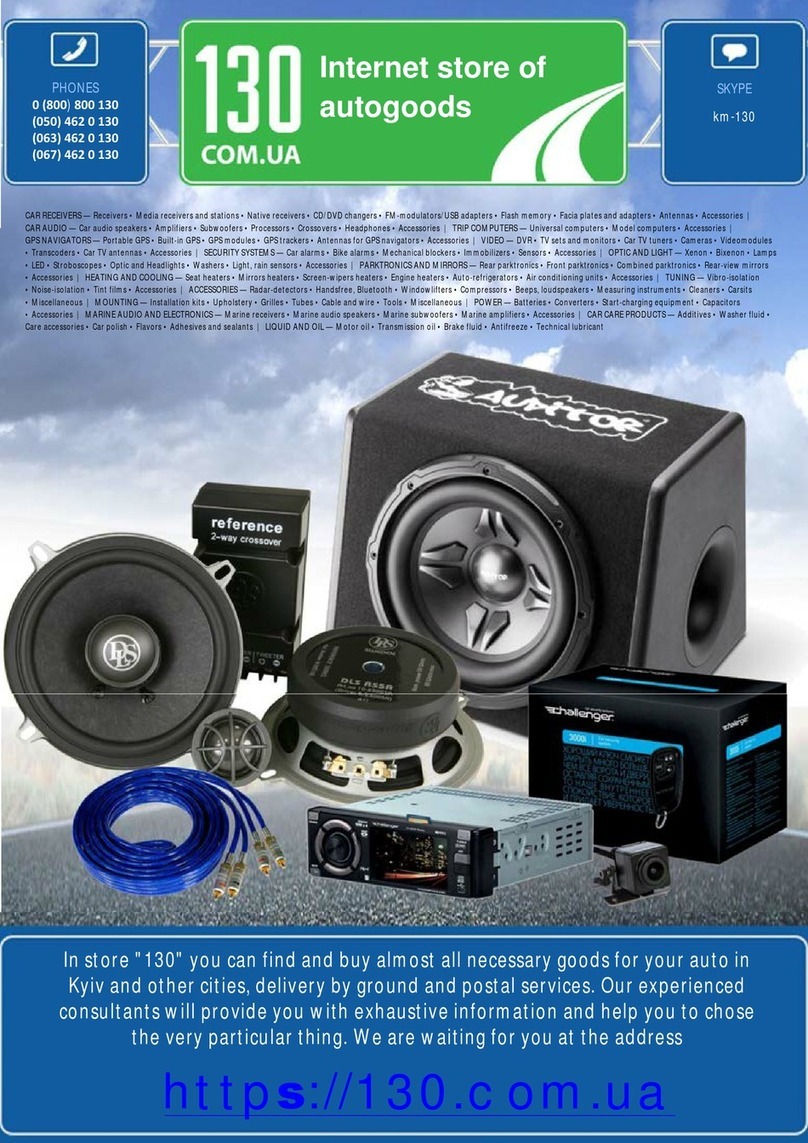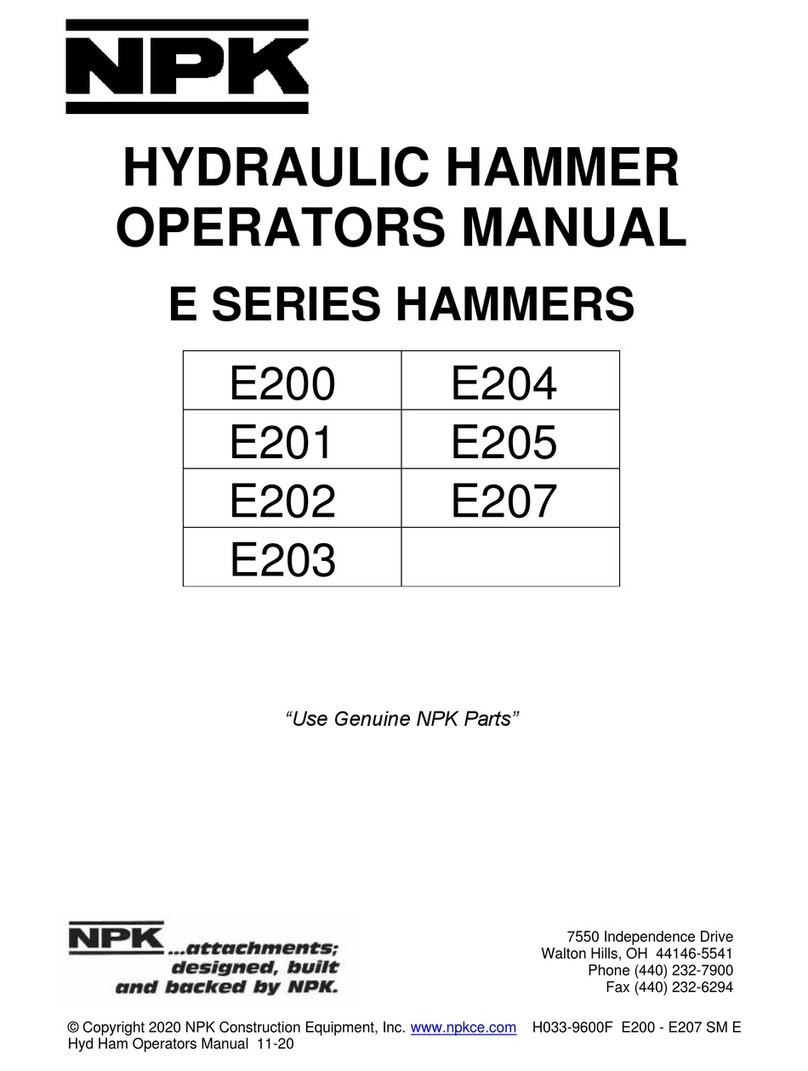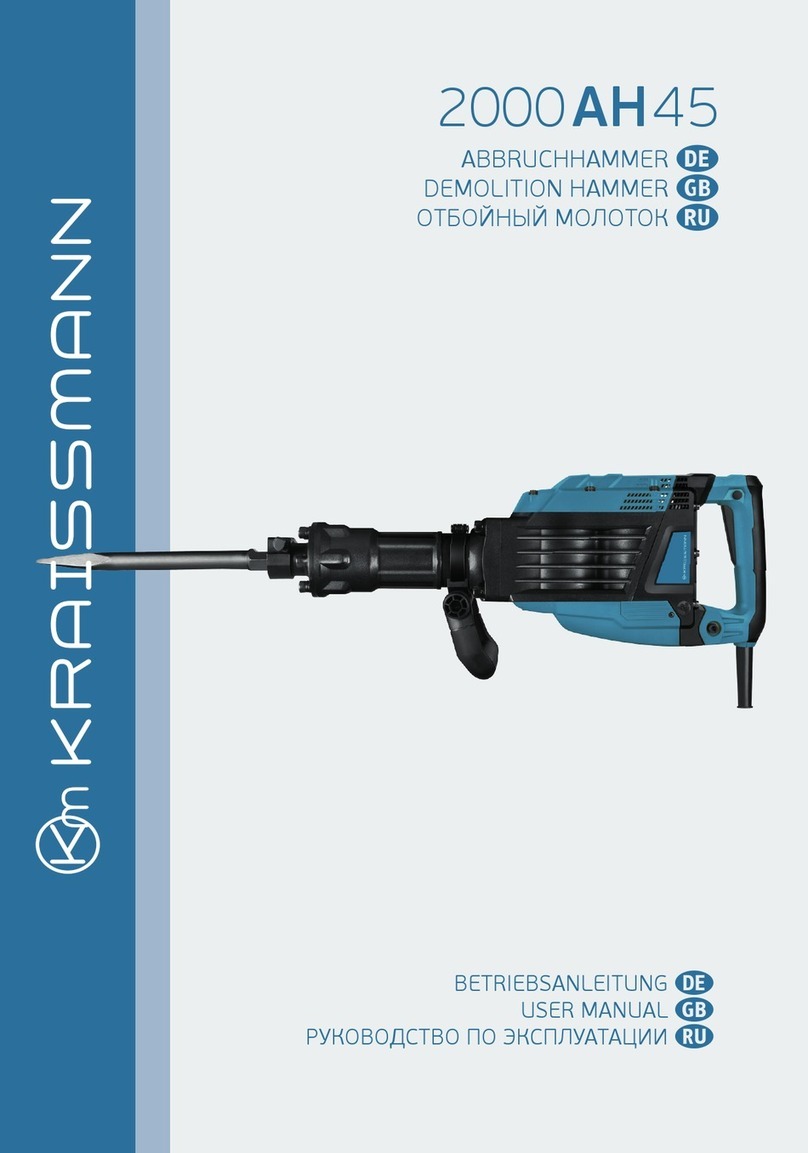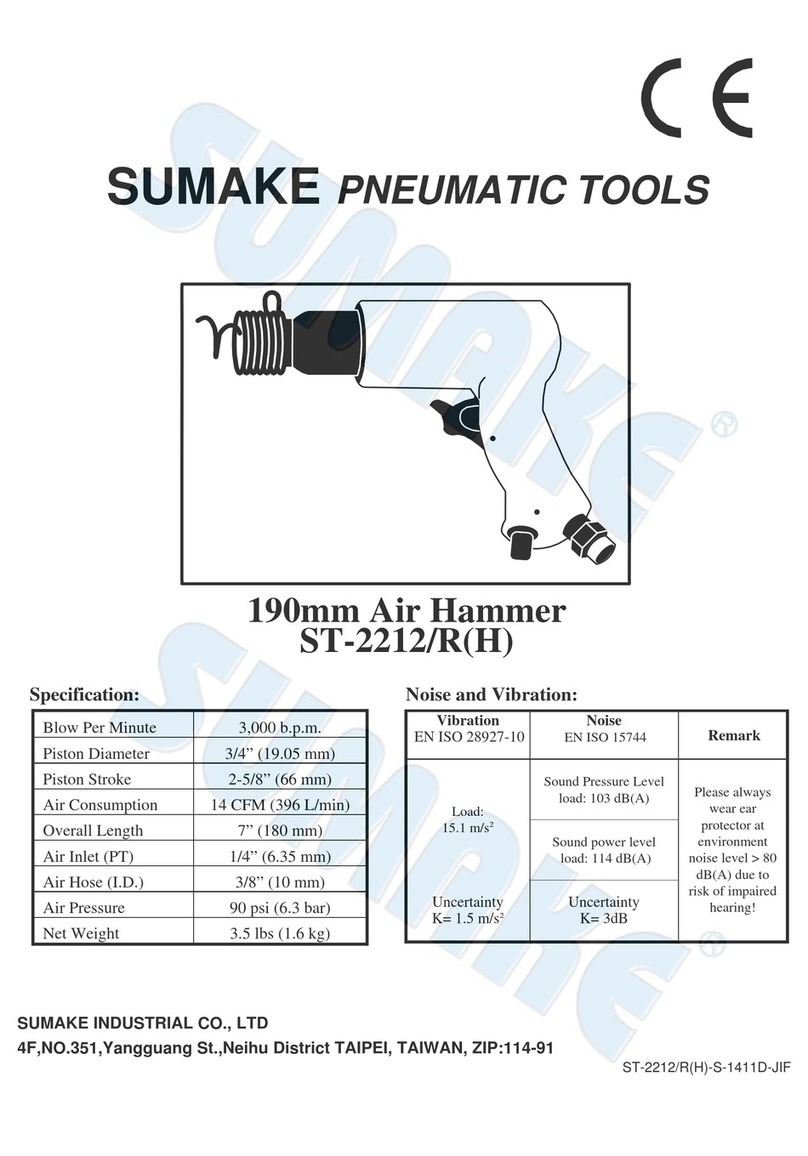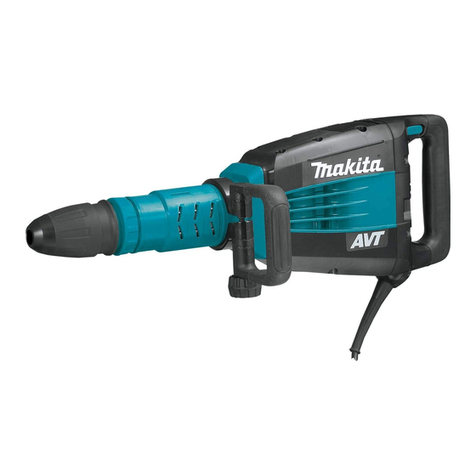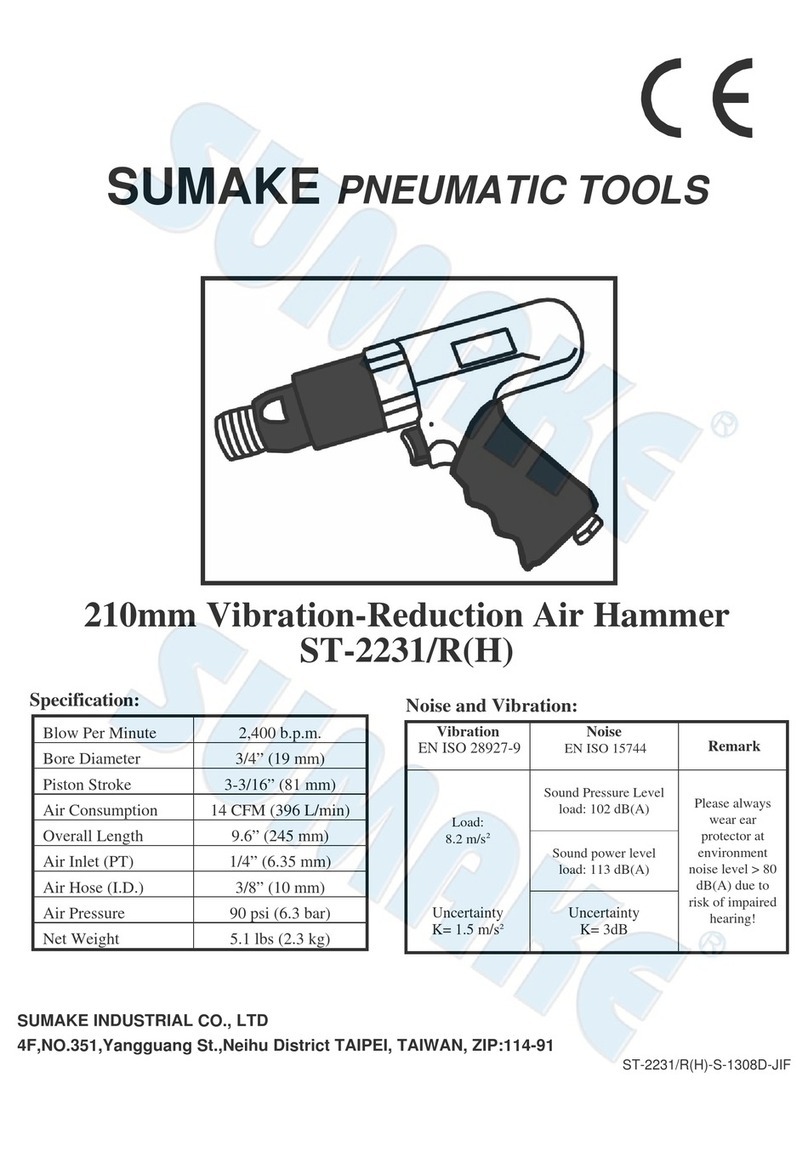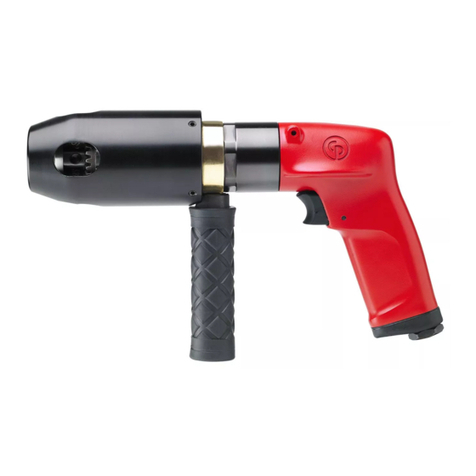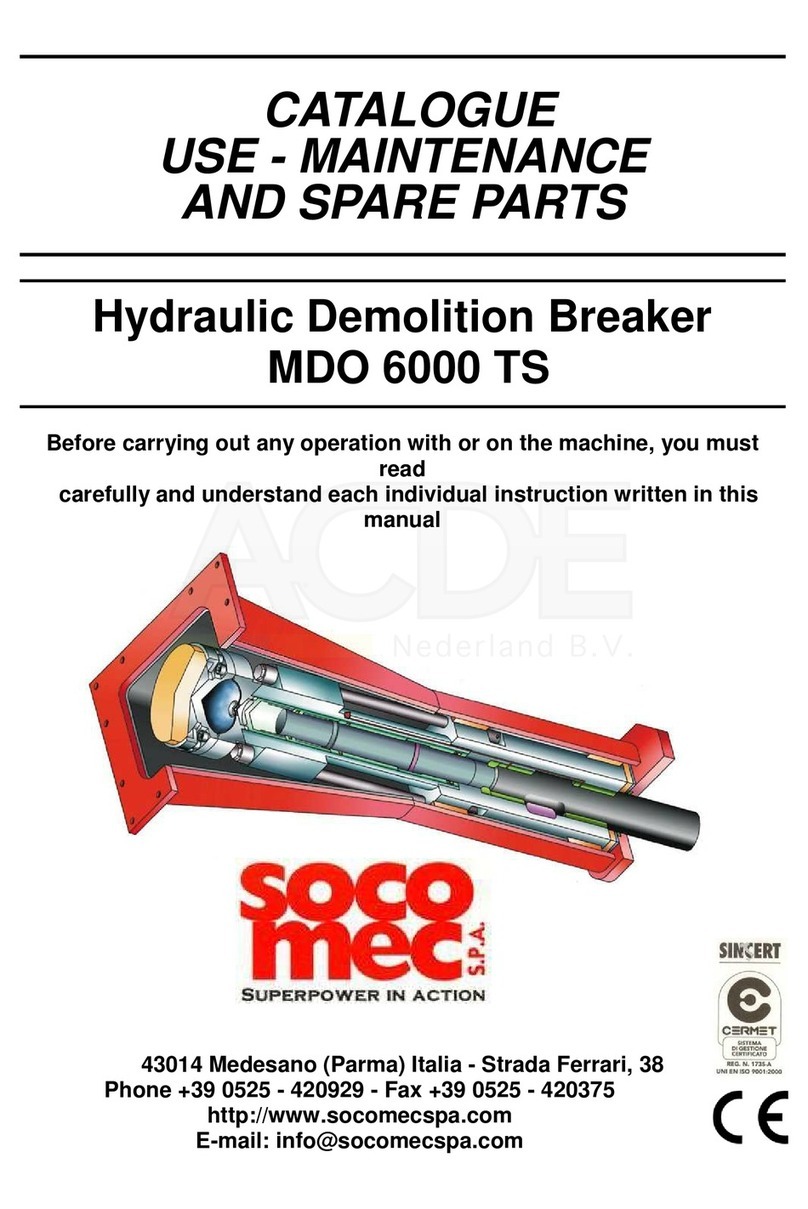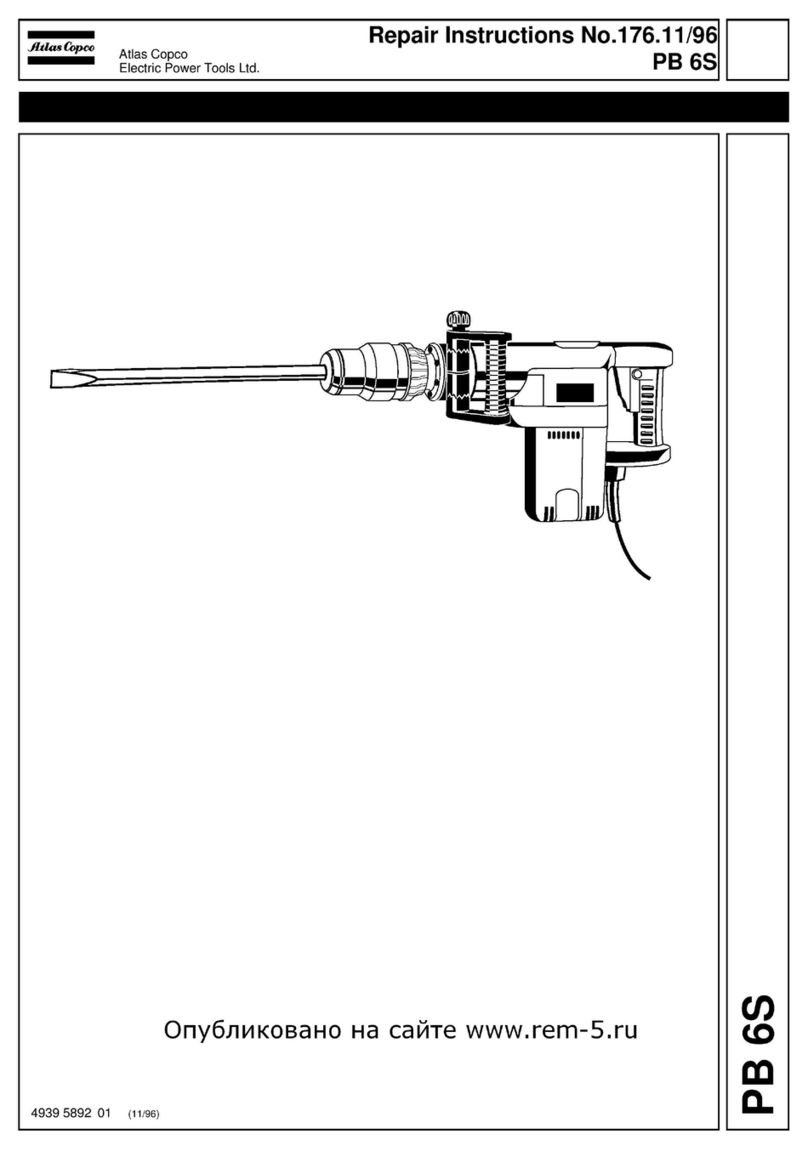
- 1 -
CONTENTS
SAFETY..........................................................................................................................3
INTRODUCTION.............................................................................................................5
CARRIER MACHINE COMPATIBILITY ..........................................................................6
HAMMER SPECIFICATIONS .........................................................................................7
STRUCTURE..................................................................................................................8
STRUCTURAL DRAWING..........................................................................................8
HAMMER SERIAL NUMBER LOCATION.......................................................................9
SERIAL NUMBER LOCATION (sn1) ......................................................................... 9
HYDRAULIC INSTALLATION.......................................................................................10
PREVENTION OF CONTAMINATION......................................................................12
HYDRAULIC QUICK DISCONNECTS......................................................................13
MOUNTING INSTALLATION........................................................................................15
REMOVAL FROM THE CARRIER............................................................................ 15
REMOVAL FROM THE SKID STEER.......................................................................16
MOUNTING TO THE CARRIER...............................................................................16
MOUNTING TO THE SKID STEER..........................................................................16
LUBRICATION..............................................................................................................17
GREASING PROCEDURE....................................................................................... 17
CORRECT GREASE AND GREASE INTERVALS...................................................18
CORRECT GREASE FOR HYDRAULIC HAMMERS............................................... 19
NPK HAMMER GREASE.......................................................................................19
AUTO LUBE SYSTEMS.........................................................................................19
AUTO LUBE GREASE LINE PRE-FILLING.............................................................. 20
HAMMER MOUNTED AUTO LUBE GREASE LINE PRE-FILLING.......................... 23
LUBRICATION..............................................................................................................25
LUBRICANT TERMS AND DEFINITIONS................................................................ 25
START-UP OPERATION..............................................................................................28
HAMMERS THAT ARE NEW, REBUILT, OR HAVE BEEN INACTIVE ....................28
BEFORE STARTING THE HAMMER.......................................................................29
DAILY START-UP PROCEDURE............................................................................. 29
OPERATION.................................................................................................................30
OPERATING TECHNIQUES & PRECAUTIONS ...................................................... 31
IMPACT ENERGY TRANSMISSION THROUGH TOOLS............................................36
IMPACT STRESS WAVES AT THE END OF THE TOOL........................................ 37
TOOL BREAKAGE........................................................................................................38
TOOL BREAKAGE DUE TO EXCESSIVE BENDING MOMENT.............................. 38
TOOL BREAKAGE DUE TO EXCESSIVE WEAR OF THE TOOL HOLDER
BUSHINGS............................................................................................................... 39
CHIPPING IN RETAINING PIN SLOT ...................................................................... 41
DEFORMATION OF THE RETAINING PIN SLOT SIDES........................................ 41
DEFORMATION OF THE TOOL TIP........................................................................ 42
CHIPPING OF A MOIL POINT TOOL TIP................................................................ 43
CHIPPING OF A CHISEL TOOL TIP........................................................................ 43
TEMPERATURE RELATED TOOL PROBLEMS...................................................... 44
TOOL BREAKAGE DUE TO CORROSION..............................................................45
TOOL BREAKAGE DUE TO DEFECTIVE MATERIAL............................................. 45
